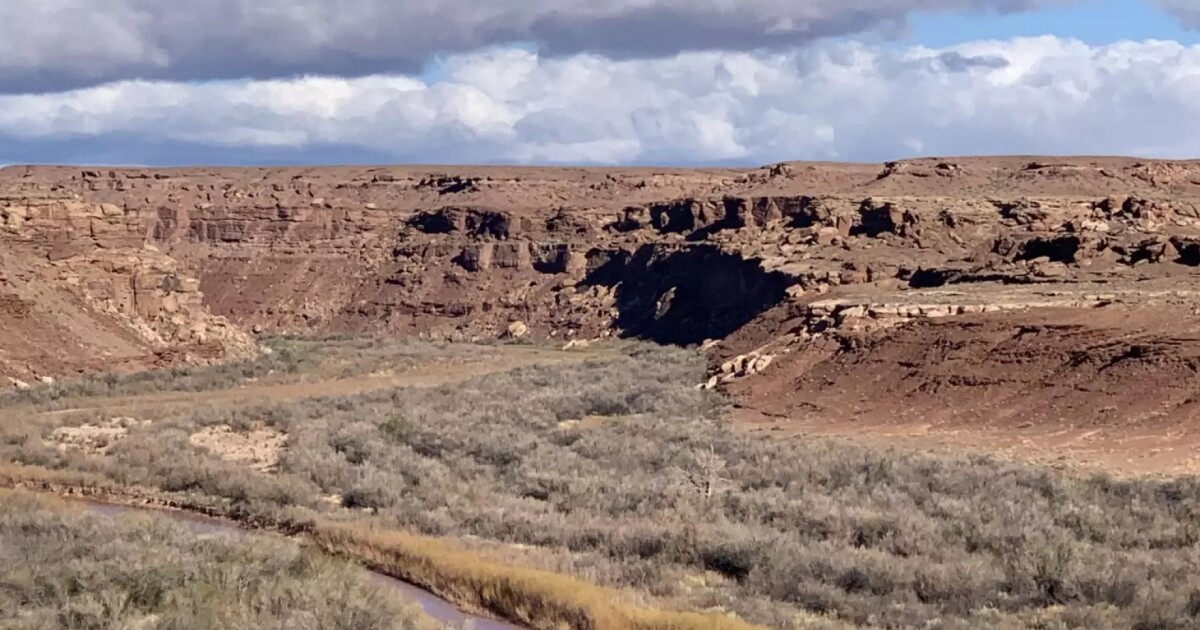Arizona is taking significant measures to address the concerning depletion of groundwater in La Paz County, a region witnessing rapid drops in water levels. The state’s Department of Water Resources (ADWR) has initiated formal procedures to potentially designate a new Active Management Area (AMA) in western Arizona.
This initiative aims to regulate water extraction in the Ranegras Plain Groundwater Basin, which extends into Yuma County. The basin is currently in a state of overdraft, meaning more water is being removed than replenished, leading to land subsidence and increased water insecurity.
Ben Bryce, an advisor at ADWR, expressed concerns about the situation: “We know that there are groundwater declines of over 200 feet that have been observed since the 1980s. We’ve seen significant land subsidence out there in the basin. And we know that land subsidence rates are increasing year over year. So that’s the kind of thing that to us shows a serious issue,” he said.
Currently, there is a halt on the expansion of irrigation within the basin, prohibiting any new agricultural land from being watered until ADWR Director Tom Buschatzke decides on the AMA designation. Should the decision be against the establishment, the moratorium will be lifted.
A Brief History of AMAs
The concept of Active Management Areas in Arizona dates back to the 1980 Groundwater Management Act, which introduced the first four AMAs in Phoenix, Prescott, Tucson, and Pinal. Another AMA was later added in Santa Cruz in 1994 after being carved out from Tucson’s AMA.
In 2022, voters in the Douglas area approved the creation of a sixth AMA, while a similar proposal was turned down in the Willcox region. However, in 2024, Democratic Governor Katie Hobbs’ administration established an AMA in the Willcox basin, an unprecedented move by the executive branch that stirred controversy among agricultural officials and state Republicans. Critics argued that Hobbs overstepped by setting water regulations through ADWR rather than legislative means.
Both political parties recognize that the AMA framework might not be suitable for rural areas like the Ranegras Plain Basin. Efforts to legislate alternative rural management areas have so far been unsuccessful. Legislative discussions continue.
Community Perspectives
The next phase of the AMA process for Ranegras Plain is a public hearing scheduled for December 18. An informal meeting held by ADWR in La Paz County revealed a divided community response to the proposed AMA.
Some community members favor groundwater protections, while others are uncertain about the changes. “There certainly are folks who have said that they are — that they do not want an Active Management Area in the basin,” Bryce noted.
La Paz County Supervisor Holly Irwin expressed a desire for a rural management alternative to AMAs but acknowledged the necessity of water protection measures. She stated, “My main focus is advocating for the people that I represent, and you know what, if this is the only tool we can use, then it’s been a long time coming and something that La Paz County definitely needs with this basin.”
The agricultural sector, a significant water consumer, has shown resistance to the proposed changes.
Status of Other Basins
In 2023, ADWR identified three basins with critical concerns based on previous aquifer data: Willcox, Ranegras Plain, and Gila Bend. While the Willcox basin has already seen action, and the Ranegras Plain is under consideration, the future of Gila Bend remains uncertain. Discussions are ongoing, but formal AMA designation proceedings have not begun.
“In Gila Bend, we also held an informal meeting to let folks know about the state of overdraft in the basin and we also answered questions that folks had out there,” Bryce remarked, indicating continuing conversations about potential groundwater management solutions.
—
Read More Arizona News










